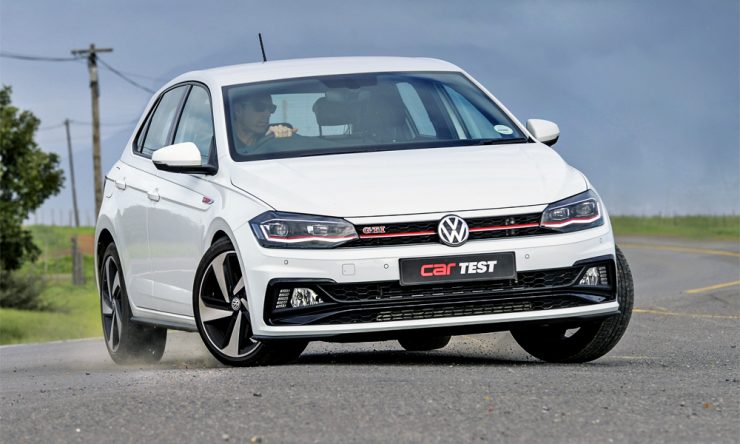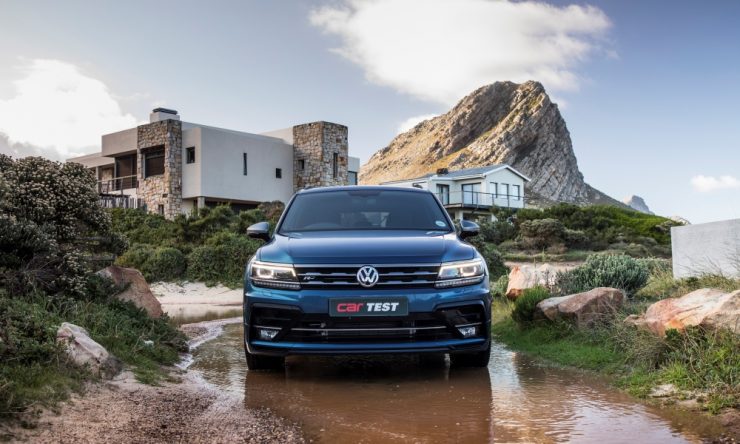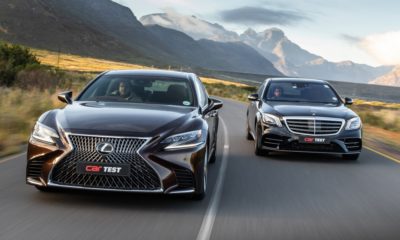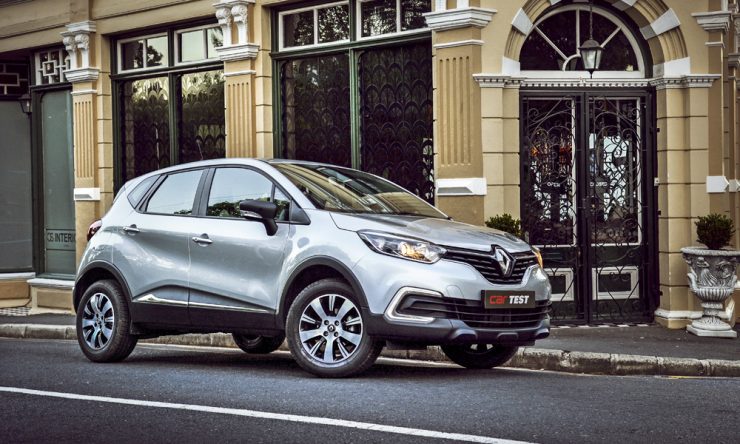CAR REVIEWS: LAND ROVER DISCOVERY TD6 HSE LUXURY
Larger and more luxurious than ever, but is there still a clear enough niche in the modern Land Rover family for the new Discovery?
An icon of British motoring, since its introduction in 1989 the Land Rover Discovery has thrived in its role as a leading member of the Solihull family. The Disco’s role has always been to bridge the divide between the indomitable (and only recently discontinued) Defender and the superbly polished Range Rover offerings. From the brutality of the famous Camel Trophy events, to unforgiving cross-continental excursions, the Discovery’s unmistakably boxy, stepped-roof profile has always lent itself to carrying its aftermarket nudge bars and myriad roof-mounted regalia straight from the wilderness to the school run. While shared components has always characterised the evolutionary paths that both Discovery and the Range Rover portfolio have taken over the years – and despite how much development work has gone into steadily refining the past two Discovery generations (through four models) – that careful distinction between the ruggedness of a Land Rover against the sophistication of a Range Rover has always been clearly defined. Until now.
Foretold by the extension of this famous name onto what was essentially the Freelander replacement, the Discovery Sport’s introduction in 2014 paved the way for the modern styling cues sported by this new Discovery … and a number of the CAR team feel that’s something of a pity. While the new car shares its platform (and thus identical wheelbase) with the current Range Rover Sport, it also shares much of the Range Rover’s styling – particularly from the front – and the more characterful lines of the previous-generation Disco are all but lost. Perhaps for its softer family-familiar nose, the abundance of sheet metal aft of its B-pillar, or the failed attempt at maintaining a semblance of heritage via an offset rear number plate, it’s difficult to picture the Discovery 5 finished in a Camel Trophy Sandglow paint job, or even fitted with a roof-top tent.
Styling (and price, but more about that later) considerations aside, this new Disco is a better vehicle in every respect. Employing the Range Rover’s all-aluminium monocoque platform that replaces the previous car’s more complex (and costly) Integrated Body Frame structure, there is a vast improvement in interior space, as well as a significant mass saving. It’s a heavy car at 2,2 tonnes, but the TD6 HSE Luxury featured here was 211 kg lighter on our scales than the Discovery 4 3,0 TDV6 HSE test vehicle from our February 2010 issue. A raised and impressively comfortable driving position offers both a welcome sense of resemblance to the previous-generation Discovery, but also the latest in terms of technology and convenience features offered by Jaguar Land Rover. In HSE spec, this includes full leather upholstery, an upgraded sound system and a full bouquet of infotainment functionality operated via a 10,0-inch InControl Touch Pro screen. Adding further appeal, Luxury models gain electrically operated seating (with memory), as well as adjustable ambient lighting.
If not quite matching the likes of Audi in terms of simplicity of use and placement of nice-to-touch materials, there’s still a lot to be said for the solid look and feel offered by this newest Land Rover. Indeed, it’s here where the historical nuances between the “lesser” Discovery and, in particular, the Range Rover Sport, have become blurred. While a hint of the famously stepped roofline remains in the exterior design of the new Discovery, gone is the raised second-row seating position associated with this package.
Thankfully, with an aforementioned extended wheelbase (by 38 mm), rear passengers enjoy an appreciable amount of both leg- and headroom. A fairly contentious omission from the standard specifications list of even this top-of-the-range model is folding the third row of seats. Want them and you have to add R21 800 to the overall price. Another extra is the ability to operate all five rearmost seats electronically (including via a smartphone app) and this adds another R22 100 to the bill. That said, despite the fact that they’re tall, raised headrests impact rearward visibility (already affected by the middle second-row seat), the inclusion of these two additional pews offers impressively comfortable seating for two average-size adults.
Folded flat (or omitted from the package), luggage capacity in the new Discovery is bettered only by the Mercedes-Benz GLS. Mimicking the current Range Rover Sport range (and the entry-level Range Rover), all new Discovery models marketed in South Africa feature one of the brand’s fettled turbopetrol or turbodiesel, V6-configured and longitudinally mounted engines, mated with a ZF-sourced eight-speed automatic transmission. A solid, if not overly sprightly (0-100 km/h in 8,74 seconds) performer, the TD6 unit featured here offers a healthy 600 N.m of torque from a low 1 750 r/min allowing for steady, leisurely progress aided by the seamless workings of its well-refined transmission. A further advantage of this engine option, if to the detriment of its already relatively thirsty nature, is its impressive ability to tow (up to 3 500 kg braked).
Mounted as standard on air-sprung dampers, the new Discovery’s double wishbone front/multilink rear suspension is one set up with long-distance comfort (and off-road ability) in mind. Where, by way of comparison, the similarly sprung but more athletic Range Rover Sport feels less top-heavy and has a dynamic edge, the Discovery offers more comfort over tarmac imperfections and especially gravel roads. While the advantages of this softer setup certainly add to the sense of “head north until we see the ocean” adventure, it could prove cumbersome in the confines of an urban environment. On the subject of adventure, it’s somewhat surprising to note that the ultimate, go-anywhere Land Rover (in HSE spec) still requires an optional (R26 800) Capability Plus Pack, which includes an active rear differential and the latest Terrain Response 2 upgrade (including an auto function), in order to be optimally trail ready. Then again, if you are prepared to take this pricey luxury SUV off-road, there’s very little that will get in the way of a modern Discovery (including a 900 mm deep river).
-
TEST SUMMARY
Divisive styling aside – especially when compared with its more characterful predecessor – it’s the legacy of go-anywhere off-road ability that remains the Discovery’s USP in this segment. That, of course, also depends on just how far you’re prepared to take your R1-million purchase and there are other options, including some from within the Solihull family, that will get you eight-10ths of the way there.
Where the original Discovery established itself as the obvious middle-ground between the rudimentary Defender and the plush Range Rover, the recent, continued expansion of the Land Rover brand, including models like the Discovery Sport and the Evoque and Velar, have blurred the family lines.
While Solihull is quick to point out the Discovery remains in the “capable” category of its portfolio, with the Range Rover Sport fulfilling a more luxurious role, given how similarly priced (and sized) they are, the niche that the adventure-seeking Discovery occupies has never been smaller.
*From the November 2017 issue of CAR magazine…







